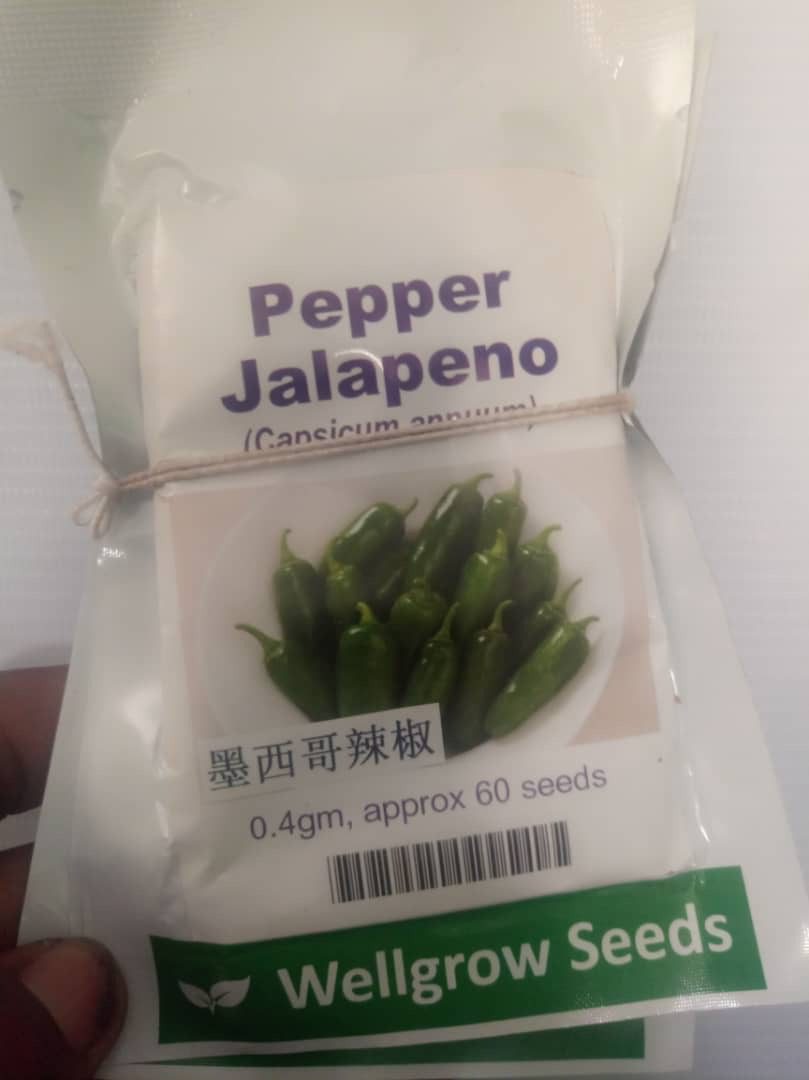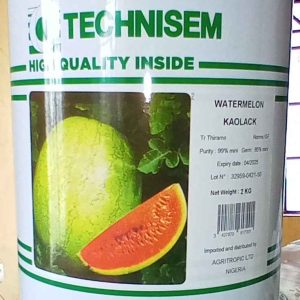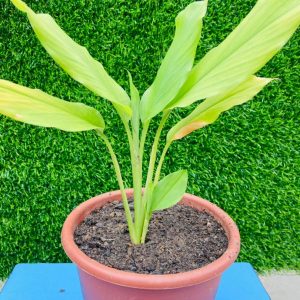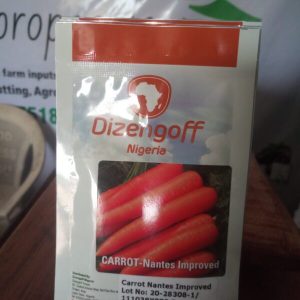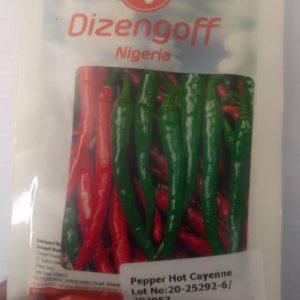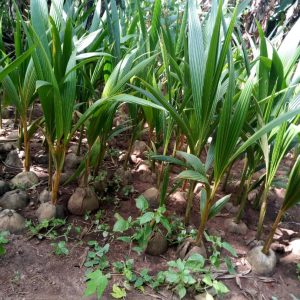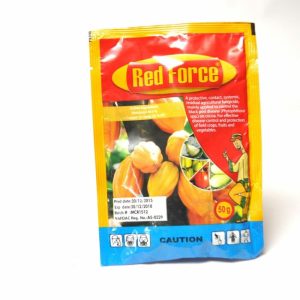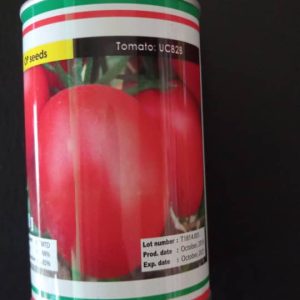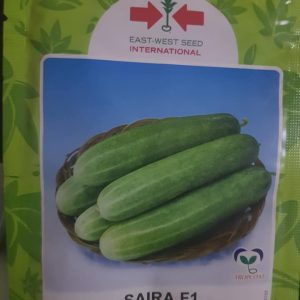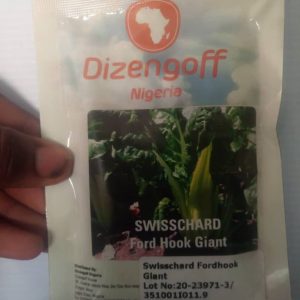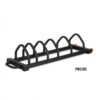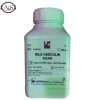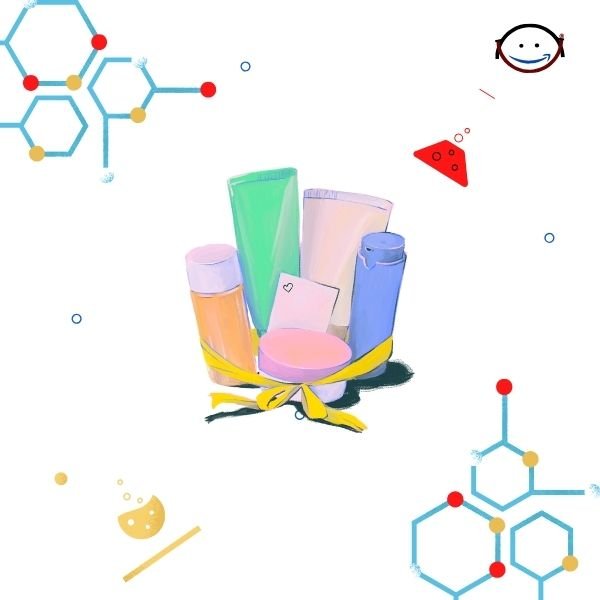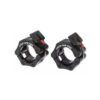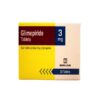Pepper Jalapeno | 60 seeds per pack
Description
The Pepper jalapeno is a medium-sized chile pepper pod type cultivar of the species Capsicum annuum. A mature jalapeño chile is 5–10 cm long and hangs down with a round, firm, smooth flesh of 25–38 mm wide. It can have a range of pungency. Jalapeños are rich in vitamins A and C and potassium. They also have carotene — an antioxidant that may help fight damage to cells – as well as folate, vitamin K, and B vitamins. Many of their health benefits come from a compound called capsaicin. That’s what makes the peppers spicy
Requirements for Pepper Jalapeno Production
Light: The pepper plant will grow best when exposed to full sunlight for at least eight hours per day.
Soil: pepper plants require moist, well-drained, fertile soil with a neutral pH. More acidic soil can produce peppers that are spicier than normal. If you are unsure, it may be worth conducting a soil pH level test.
Water: Watering pepper plants can be a delicate process. They do require moist soil, but overwatering is a problem too. If the soil becomes either too dry or too saturated, the plant’s foliage can turn yellow. A deep watering every few days at the base of the plant is generally beneficial. Mulching around the plant can be a helpful way to conserve moisture.
Temperature and Humidity: The pepper plant is a warm-weather species native to tropical regions, and it requires consistently warm temperatures to survive. These plants cannot withstand extremes in temperatures, either heat or cold. Temperatures consistently below 55 degrees Fahrenheit will result in slow growth and leaf discolouration. Temperatures below 32 degrees Fahrenheit will damage or kill the plants, and nighttime temperatures above 75 degrees Fahrenheit can impact pepper production levels.
Fertilizer: peppers will grow well in rich, fertile soil. If your soil is not particularly rich and you plant to use a fertilizer, make sure it isn’t one with high nitrogen levels. This will direct energy towards impressive foliar growth rather than fruit production.
Diseases and growth problems
To prevent bacterial spots and Phytophthora, drip irrigates only, plant only in well-drained soils, minimize soil compaction, and follow a 4-year crop rotation.
Sunscald is caused by an inadequate foliage canopy.
Prevent blossom end rot with adequate soil calcium and regular moisture.
Big bushy plants with few peppers can be caused by an excess of nitrogen, hot or cold temperature extremes during the flowering period, tarnished plant bug injury, and choice of late, poorly-adapted varieties.
